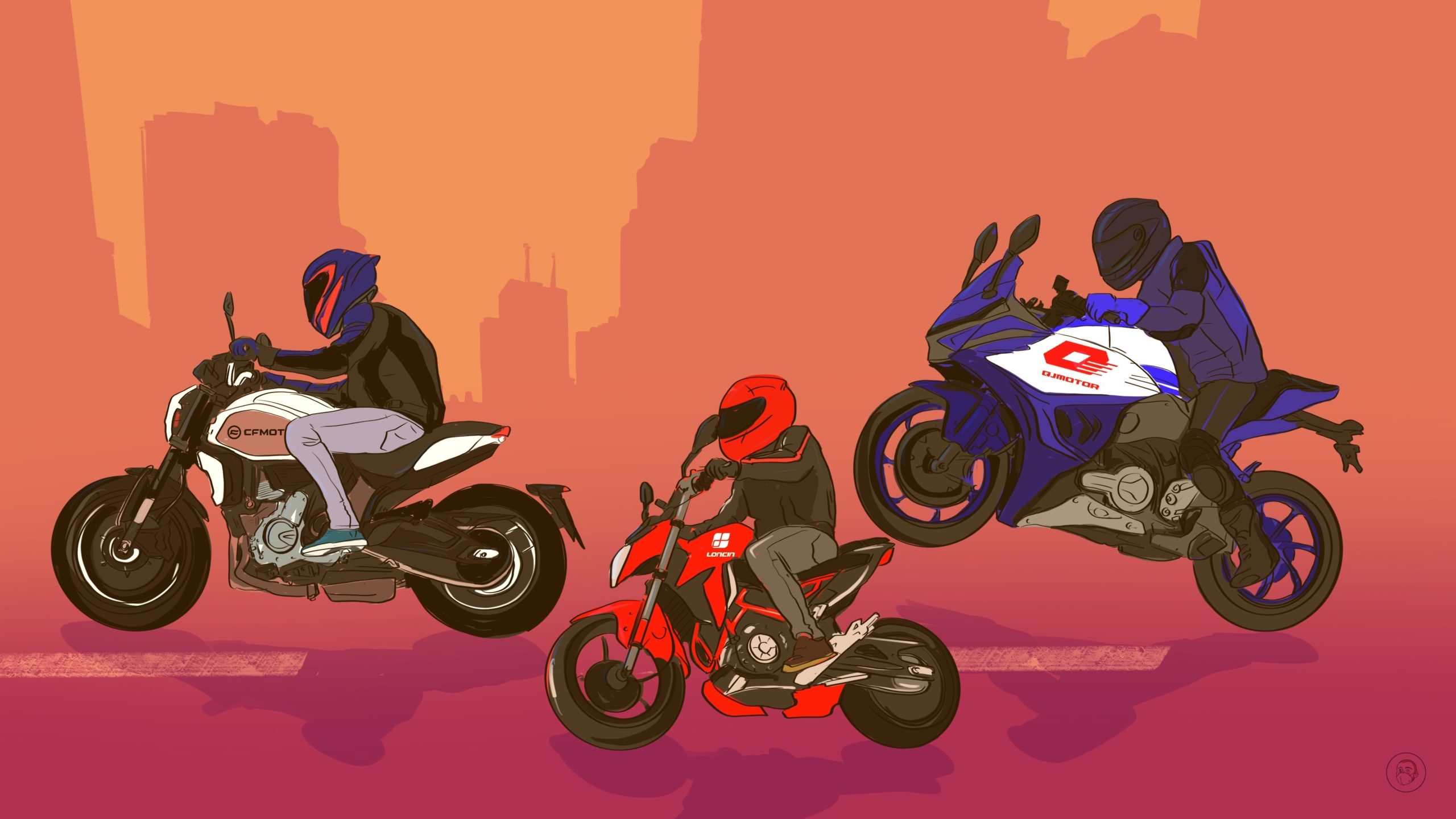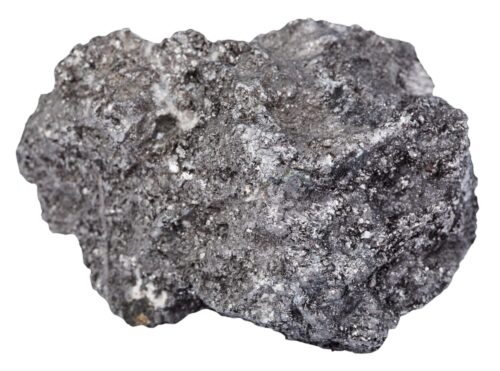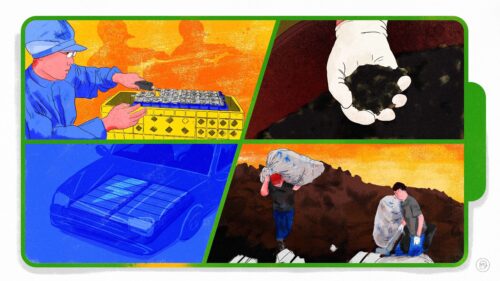Chinese young people are getting into large motorcycles for fun
Sales of large motorcycles are increasing in China as young people are biking as a hobby and a social media trend. But getting a number plate is difficult.

For some, it’s the rush of the wind, for others, it’s the lower fuel consumption and vehicle cost, and for others still, it’s the ability to weave through traffic jams and avoid the parking problem: Whereas once motorcycles were for couriers and people who could not afford cars, fashionable young people are now taking to two wheels in China. Like the Frisbee and camping crazes, the increased use of motorcycles is being driven by social media as a trendy new form of entertainment:
Business news website Hexun last week called it a motorcycle boom (摩托热潮 mótuō rècháo), noting countless posts on the social media and ecommerce site Xiaohongshu(often called “China’s Instagram”) of young people talking about their motorcycles or posting pictures of them. Videos on the short-video app Douyin with the tag “motorcycle” have been viewed 60 billion times. On the short-messaging app Weibo, the topic “motorcycle” has been viewed 2 billion times with more than 500,000 discussions.
Big bikes
According to the China Motorcycle Chamber of Commerce, sales of motorcycles in China in 2021 exceeded 20 million units for the first time since 2014. The current motorcycle trend, however, is to a large extent focused on larger motorcycles.
In the first half of this year, 12.78 million motorcycles were sold in China, a decrease of 12.92% year-on-year. This included sales of 8.26 million fuel motorcycles, a decrease of 12.52% year-on-year, and 4.51 electric motorcycles, a decrease of 13.64% year-on-year. In the first half of the year, fuel motorcycles accounted for about two-thirds (64%) of total motorcycle sales in China, with electric motorcycles accounting for the rest.
The only category of motorcycles that is growing is large motorcycles with engine capacities above 250cc, with sales in the first half of the year of 284,200, a year-on-year increase of 53.62%.
The brands to watch
China’s leading brands of fuel motorcycles in the first half of the year were Haojue 豪爵 (1.15 million units), Loncin 隆鑫通用 (712,100 units), and Zongshen 宗申 (567,800 units). Sundiro Honda 新大洲本田, a Sino-Japanese joint venture, was the fourth-highest-selling brand (497,900 units). Other leading motorcycle manufacturers include CF Moto 浙江春风动力 and QJ Motor 钱江摩托.
China’s leading manufacturer of electric motorcycles is Yadea 雅迪, which sold 2.85 million units in the first half of the year (see our recent review of Yadea and its competitor NIU 小牛电动), with second-place Luyuan 浙江绿源 way behind with sales of only 399,200 units.
Some of the new players that are likely to succeed include car companies that have recently entered the motorcycling manufacturing industry, including Geely 吉利, Great Wall Motor 长城汽车, and Lifan Technology 力帆科技.
There is another new manufacturer in China that will shake up the market: Last year, Harley-Davidson (哈雷戴维森 Hāléi Dàiwéisēn) announced a joint venture with QJ Motor, and signed race car driver and actor Hán Dōngjjūn 韩东君 as brand ambassador. China is one of the key development countries of Harley-Davidson’s new global five-year strategic plan.
Harley-Davidson will join a crowded marketplace: As of mid-September, a report by Hexun counted a total of 2.56 million companies registered in the motorcycle and related industries in China, of which 32,850 were established in the last year. They are not all making bikes: There are now also companies specializing in the manufacture of helmets, motorcycling clothing, and gloves.
Prices
Currently, the entry-level price for a motorcycle in China is around 10,000 yuan ($1,400), while higher-end motorcycles can cost from 50,000 yuan ($7,000) to 100,000 yuan ($14,000). Premium imported brands like Harley-Davidson, BMW, and Ducati can go for hundreds of thousands of yuan. A helmet costs about 3,000 yuan ($420), a set of motorcycling clothes about 4,000 yuan ($560), and a pair of gloves is around 1,000 yuan ($140).
The bottlenecks
Large motorcycles are clearly growing in popularity among young people, but there are still some factors in China that are inhibiting motorcycle sales. To drive a motorcycle in downtown Shanghai, for example, you must have a “Shanghai A” license plate, but these are not easy to obtain. In fact, there are various cities in China that have regulations in place banning or restricting the use of motorcycles, and some do not issue license plates for motorcycles at all. Other cities charge hundreds of thousands of yuan to register a motorcycle. Many young people also face resistance from their families due to safety concerns.
The electric future
As with cars, the future of motorcycling is a transition to electrification. Honda’s announcement that it will cease production of fuel motorcycles in the mid-2040s was widely reported by Chinese media, as was news that another Japanese manufacturer, Yamaha, plans to increase its proportion of electric motorcycles to 90% by 2050. In China, several manufacturers, including CF Moto, QJ Motor, and Loncin, have already released electric motorcycles.






